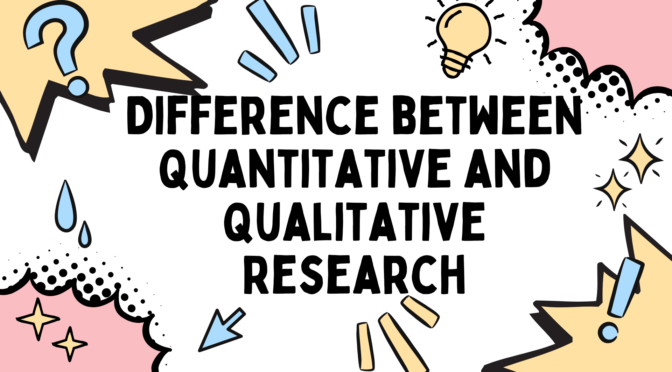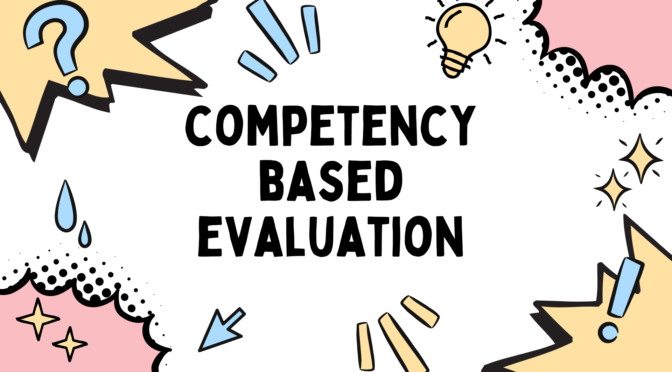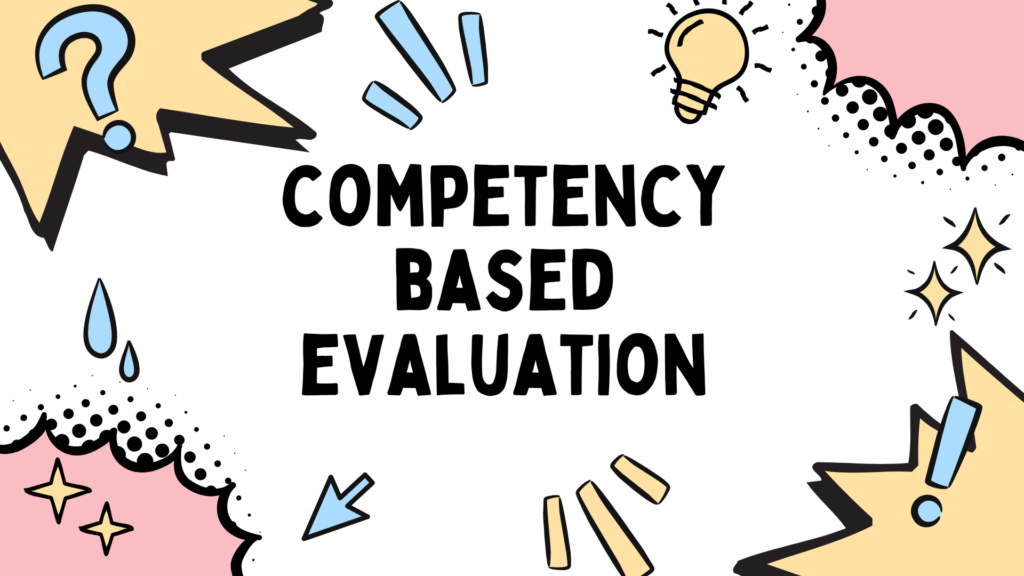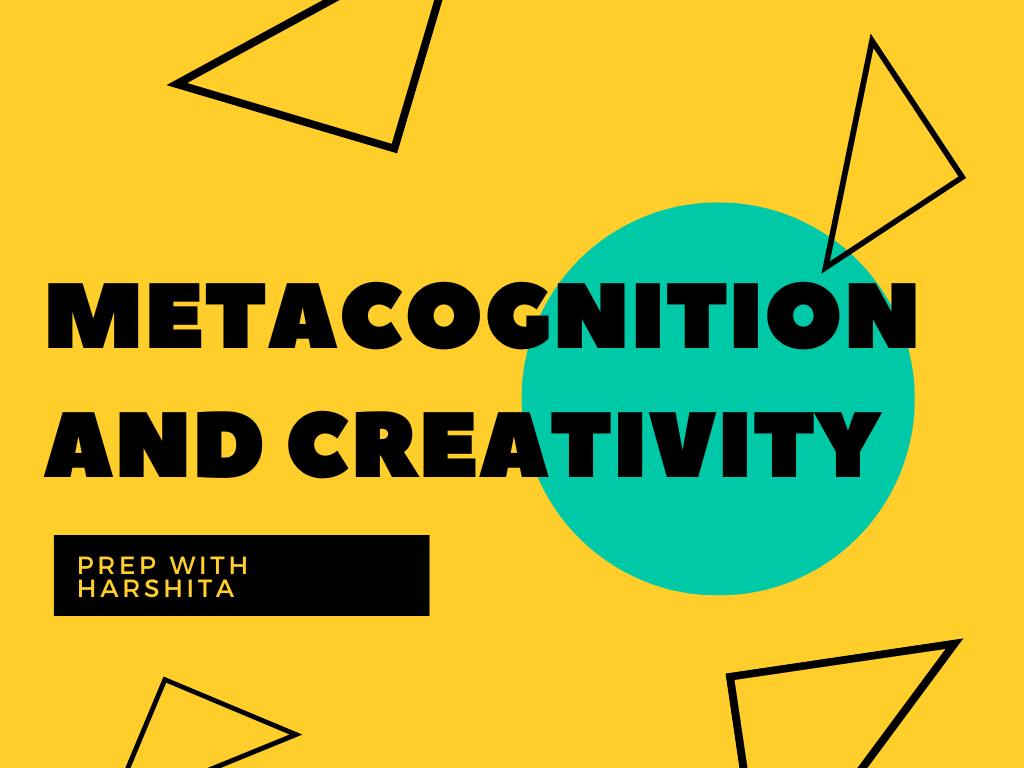Quantitative and qualitative research approaches are distinct methods of inquiry that differ in their data collection, analysis techniques, and the type of knowledge they generate.
Here’s a detailed comparison between the Quantitative Research and Qualitative Research Methods :
- Nature of Data:
- Quantitative Research: In quantitative research, data is collected in the form of numerical measurements or observations. This includes structured surveys, experiments, tests, or existing datasets. The data is often objective, standardized, and can be analyzed using statistical techniques.
- Qualitative Research: Qualitative research collects data in the form of words, images, or observations. It includes interviews, observations, focus groups, documents, or audio/video recordings. The data is often descriptive, subjective, and contextually rich, providing insights into the complexities of human experiences.
- Research Design:
- Quantitative Research: Quantitative research typically uses a structured and predetermined research design. It often involves a large sample size, random sampling, control groups, and statistical analyses to examine relationships, patterns, and cause-and-effect relationships between variables.
- Qualitative Research: Qualitative research employs a flexible and emergent research design. It often focuses on a smaller sample size, purposeful sampling, and iterative data collection and analysis. The emphasis is on understanding social phenomena within their natural settings and exploring the depth and diversity of individual experiences.
- Data Analysis:
- Quantitative Research: Quantitative data analysis involves statistical techniques to analyze numerical data. Researchers use statistical tests, regression analysis, and data modeling to identify patterns, relationships, and statistical significance. The results are often presented through numbers, tables, charts, and statistical summaries.
- Qualitative Research: Qualitative data analysis involves interpreting and making sense of textual or visual data. Researchers use techniques such as thematic analysis, content analysis, or grounded theory to identify patterns, themes, and categories in the data. The findings are typically presented through narratives, quotes, and rich descriptions.
- Generalizability:
- Quantitative Research: Quantitative research aims for generalizability, seeking to draw conclusions that can be applied to a larger population beyond the sample studied. The emphasis is on external validity, allowing researchers to make statistical inferences and predictions.
- Qualitative Research: Qualitative research prioritizes in-depth understanding and contextual insights over generalizability. Its focus is on generating rich and detailed descriptions of specific cases or contexts. The emphasis is on internal validity, ensuring that the findings accurately represent the participants’ perspectives and experiences.
- Theory Development:
- Quantitative Research: Quantitative research often tests or builds upon existing theories. It seeks to confirm or refute hypotheses and contribute to a body of knowledge through empirical evidence. The goal is to establish general laws or principles that can explain or predict phenomena.
- Qualitative Research: Qualitative research explores and generates theories from the ground up. It often involves inductive reasoning, where theories or conceptual frameworks emerge from the data. The goal is to develop nuanced theories that capture the complexities and diversity of human experiences.
Both quantitative and qualitative research approaches have their strengths and limitations. The choice between the two depends on the research question, the nature of the phenomenon being studied, and the desired depth or breadth of understanding. In some cases, researchers may use a mixed-methods approach, combining both quantitative and qualitative methods to gain a more comprehensive understanding of the research problem.
Also Visit : Prep with Harshita
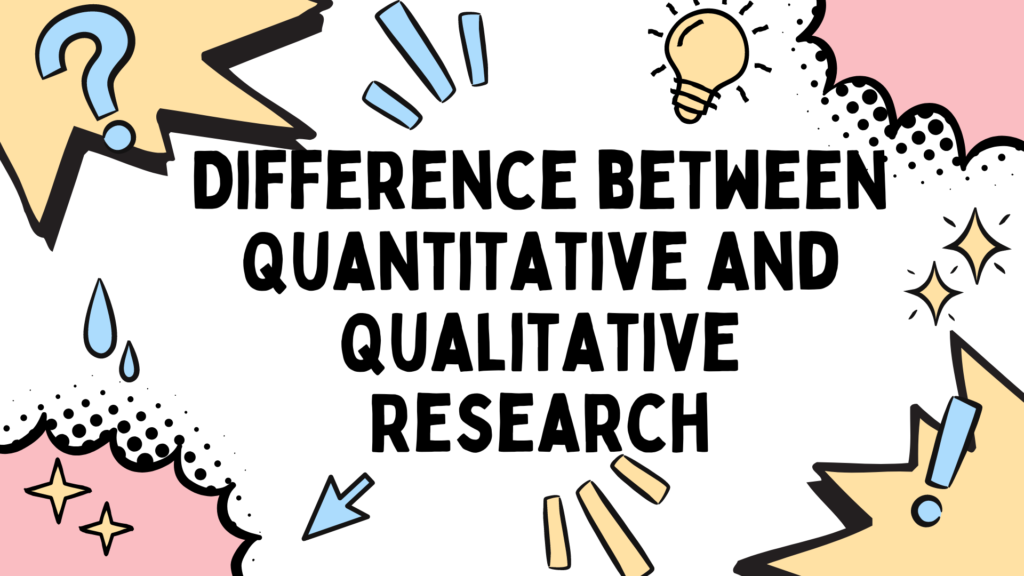
Also Read : Types of Educational Research according to Purpose

